Across Mexico, every road, highway, and rural path are the outcome of precision, knowledge, and unwavering dedication. At the heart of this network are the road maintenance professionals — the unsung heroes who keep our roads safe and dependable. Their everyday efforts ensure that millions of travelers and shipments move across the country without risk.
October 17th marks Road Workers’ Day in Mexico — a time to honor the professionals who have been the backbone of the country’s mobility for generations. Have you ever wondered who ensures that Mexico’s roads remain safe, reliable, and fully operational? This day celebrates the dedicated experts who make seamless travel and transportation possible.
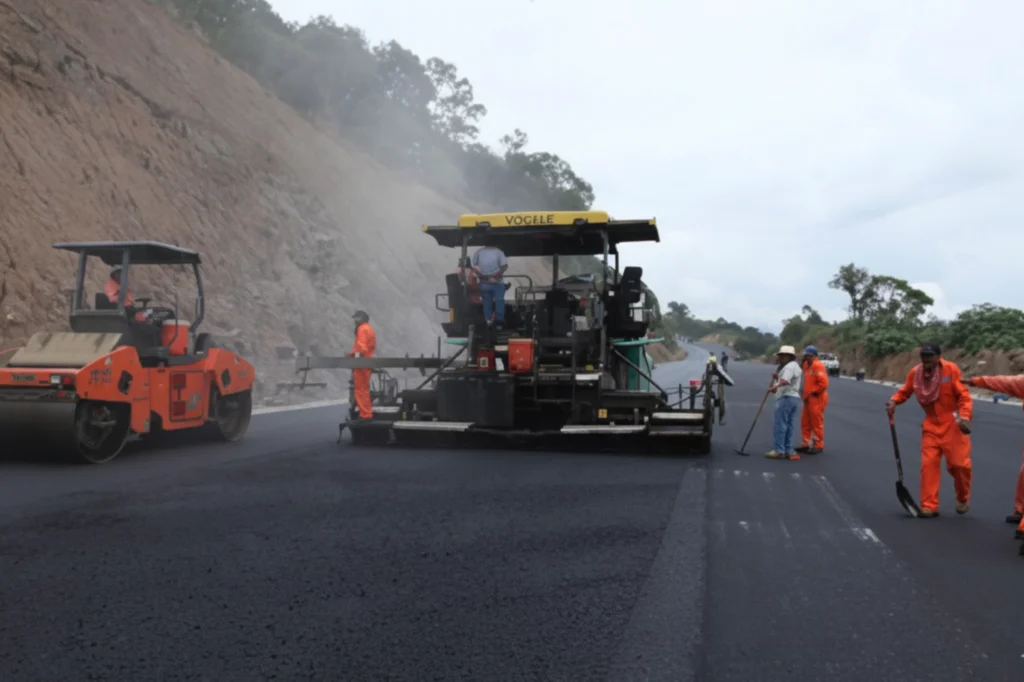
The Road Workers: Where Engineering Meets Dedication
The road engineer represents the bridge between civil engineering and the practical operation of land routes. Their work ranges from inspection, rehabilitation, and preventive maintenance to immediate response in the event of natural phenomena or structural damage. They are primarily responsible for ensuring that roads remain safe, functional, and properly signed.
Skilled in surveying, pavements, drainage, structures, traffic control, and road safety, these professionals apply their knowledge directly in the field. They work under challenging conditions, from extreme heat to rain, wind, or heavy traffic, ensuring that the nation’s critical infrastructure remains functional.
For many, being a road worker is a source of pride. It is a profession that combines discipline, teamwork, and a strong sense of service. Their presence along the highways is constant, whether performing cleaning, repairs, vegetation control, barrier maintenance, signage restoration, or pothole rehabilitation. Without their dedicated work, the road network would lose continuity and safety.
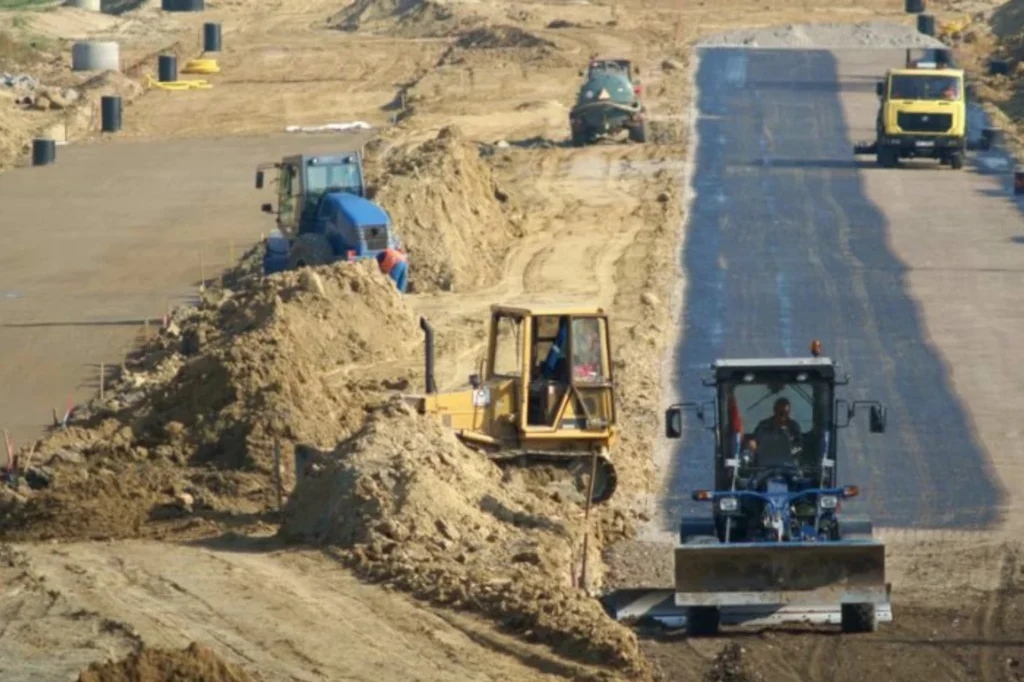
A Brief History
It all began on October 17, 1533, when the Spanish Crown signed a Royal Decree that changed the course of history. With this order, the first roads in New Spain began to take shape, linking distant towns and bringing communities closer together. Over time, these early routes became the backbone of what we now know as Mexico’s road infrastructure. Behind this ambitious vision was Juan Bautista Antonelli, a brilliant military engineer who mapped out the first drivable road between Mexico City and Veracruz, passing through Orizaba, inaugurated by Viceroy Luis de Velasco in 1590.
Centuries later, on another October 17 — this time in 1925 — President Plutarco Elías Calles established the Comisión Nacional de Caminos (National Roads Commission), an institution that eventually evolved into today’s Secretaría de Infraestructura, Comunicaciones y Transportes (SICT, Ministry of Infrastructure, Communications, and Transportation). Since then, this date has been officially recognized as the Road Workers’ Day — a well-deserved tribute to the dedicated men and women who build, preserve, and continually improve the nation’s highways.
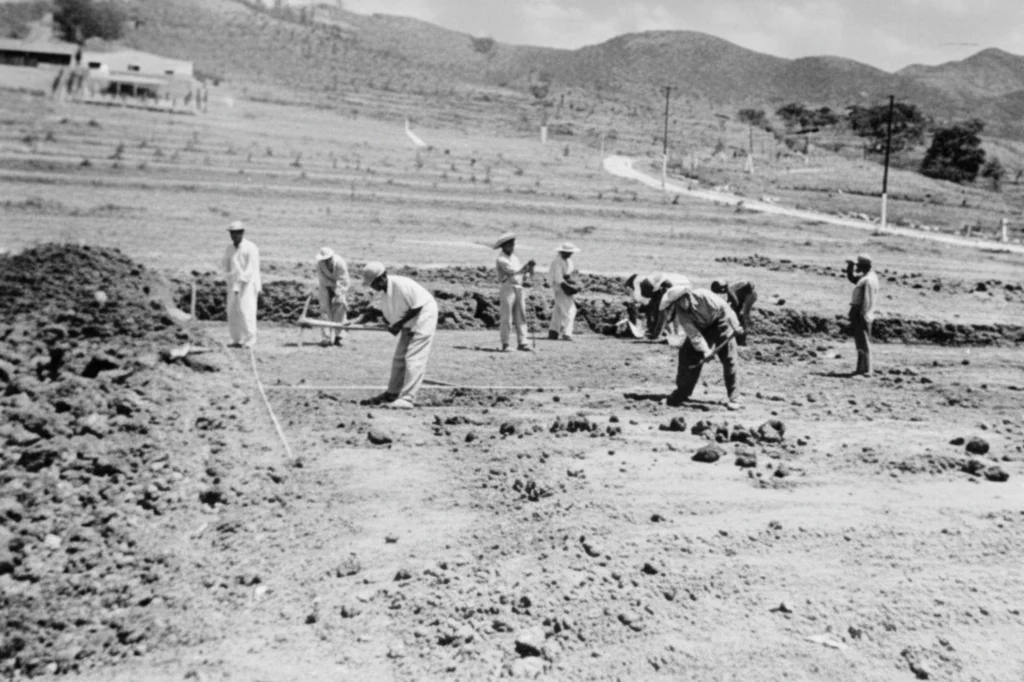
The evolution of Mexican road engineering would be impossible to understand without the invaluable contribution of its road workers. Over the years, their dedication has made it possible to develop the Red Nacional de Caminos (RNC, National Road Network) — a vast system encompassing more than 103,000 miles of paved highways, 5,527 bridges, and 191 tunnels, connecting over 95% of Mexico’s population. Their efforts guarantee seamless links to airports, ports, rural areas, transport hubs, and distribution centers nationwide.
A Tribute to Skill and Dedication: Honoring Mexico’s Road Builders
A monument commemorates the important role of road workers in Mexico’s history and their enduring contributions. Located in the southern part of Mexico City, at the intersection of Avenida de los Insurgentes and the highway to Cuernavaca, the Monument Dedicated to Road Workers stands as a striking sculpture carved from quarry stone, symbolizing the strength and precision of road engineering.
Every detail of this monument reflects the strength, precision, and deep knowledge that drive the world of road construction and safety. The inscription—“To the Road Worker: Integrator of Mexico’s Communications”—celebrates those who connect communities and make national progress possible. Beyond its stone and metal, the monument tells a story of passion, innovation, and human effort, reminding us that every safe road begins with the commitment of dedicated professionals.
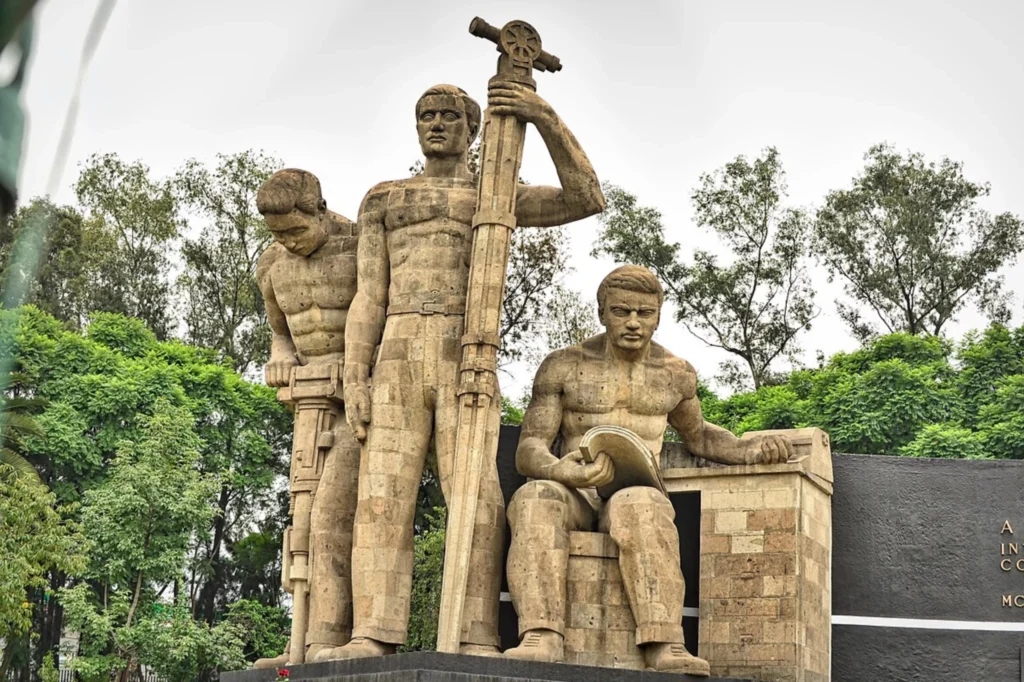
A Vocation That Demands Commitment and Discipline
Being a road worker involves far more than carrying out technical tasks. It means joining crews that begin their work at dawn, facing challenging conditions and constant risks. Each day includes clearing vegetation, cleaning barriers, realigning guardrails, removing debris that obstructs the road, and repairing damage caused by traffic or adverse weather. Through this demanding routine, road professionals ensure the safety, functionality, and continuity of the nation’s road network.
Despite the demanding nature of their work, road workers stand out for their strong sense of community. Teamwork, punctuality, and coordination are core values that define this profession. As many of them proudly say, “Being a road worker is an honor—it’s a way of life that allows us to serve our country through its infrastructure.” Their commitment ensures that highways, bypasses, and rural roads continue to serve as vital arteries of national development.
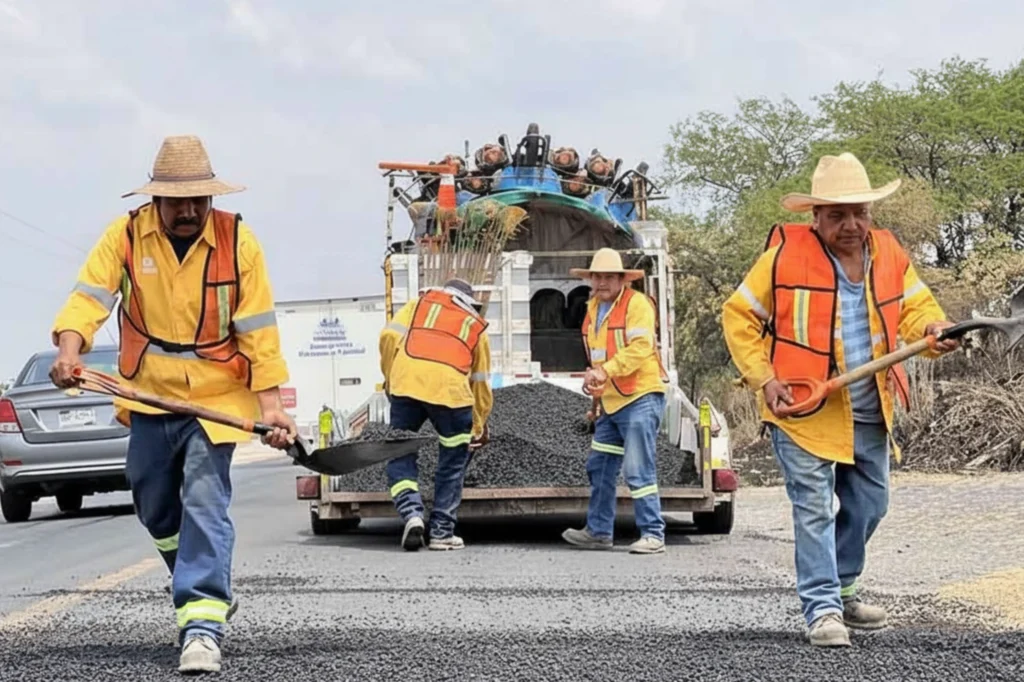
Modernization and Safety Across the National Road Network
Over time, the work of road maintenance professionals has evolved significantly thanks to technological innovation. Today, road upkeep relies on drones, wear sensors, automated machinery, and digital monitoring systems that detect issues before they become critical. Road safety has also become a top technical priority, incorporating modern signage, high-visibility reflective materials, and intelligent traffic control systems to prevent accidents and improve overall mobility.
Conservation and maintenance tasks aim not only to ensure smooth traffic flow but also to protect lives. Every sign, barrier, and road device installed along a highway forms part of a technical strategy that involves planning, standards, and continuous supervision. As a result of the coordinated efforts of road crews, engineers, and technicians, Mexico’s road network remains the most widely used means of transport for goods and people across the country.
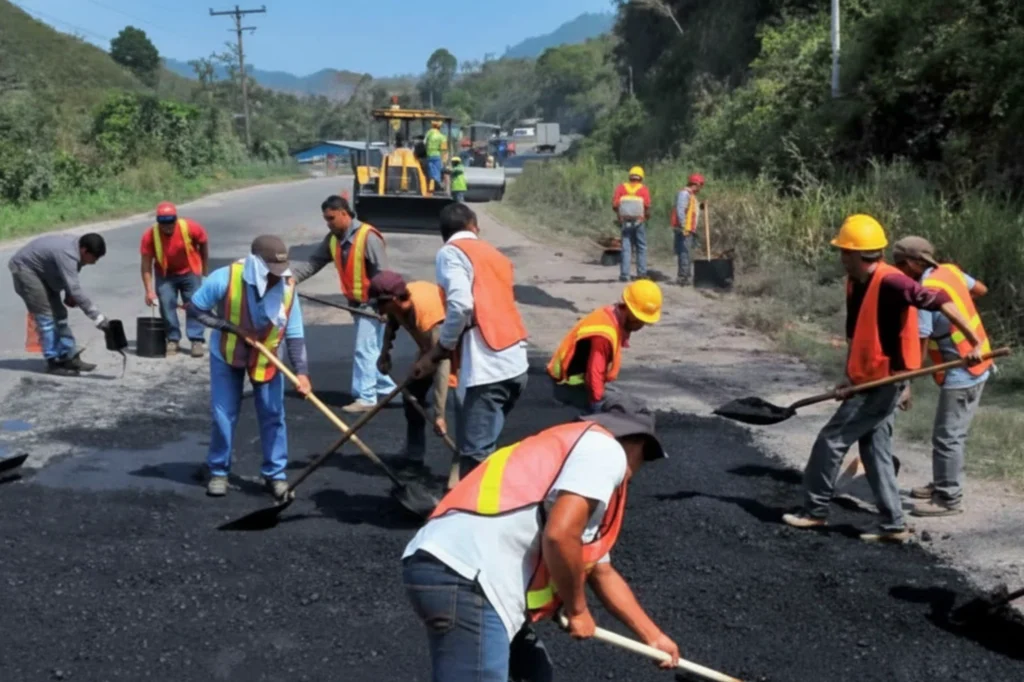
The Future of Road Workers in Mexico’s Mobility System
In today’s context, highway engineering is moving toward more sustainable and efficient models. Twenty-first-century road workers face new challenges, including automation, artificial intelligence, and the digitalization of infrastructure. These tools strengthen their work, optimize resources, and raise safety standards across the road network.
Innovation in road signage and traffic technology is a key part of this ongoing transformation. The article “Innovation in Mexican signage that saves lives” highlights how proper implementation of visual devices can reduce accidents and enhance the driving experience. Likewise, AI in Road Safety offers an opportunity to optimize highway maintenance and support real-time decision-making.
Road Workers’ Day is more than a celebration—it is a tribute to the expertise that keeps the country moving. Every highway, bridge, and traffic sign reflects the coordinated effort between engineering and the experience of those who, with precision and pride, ensure that Mexico remains connected.
